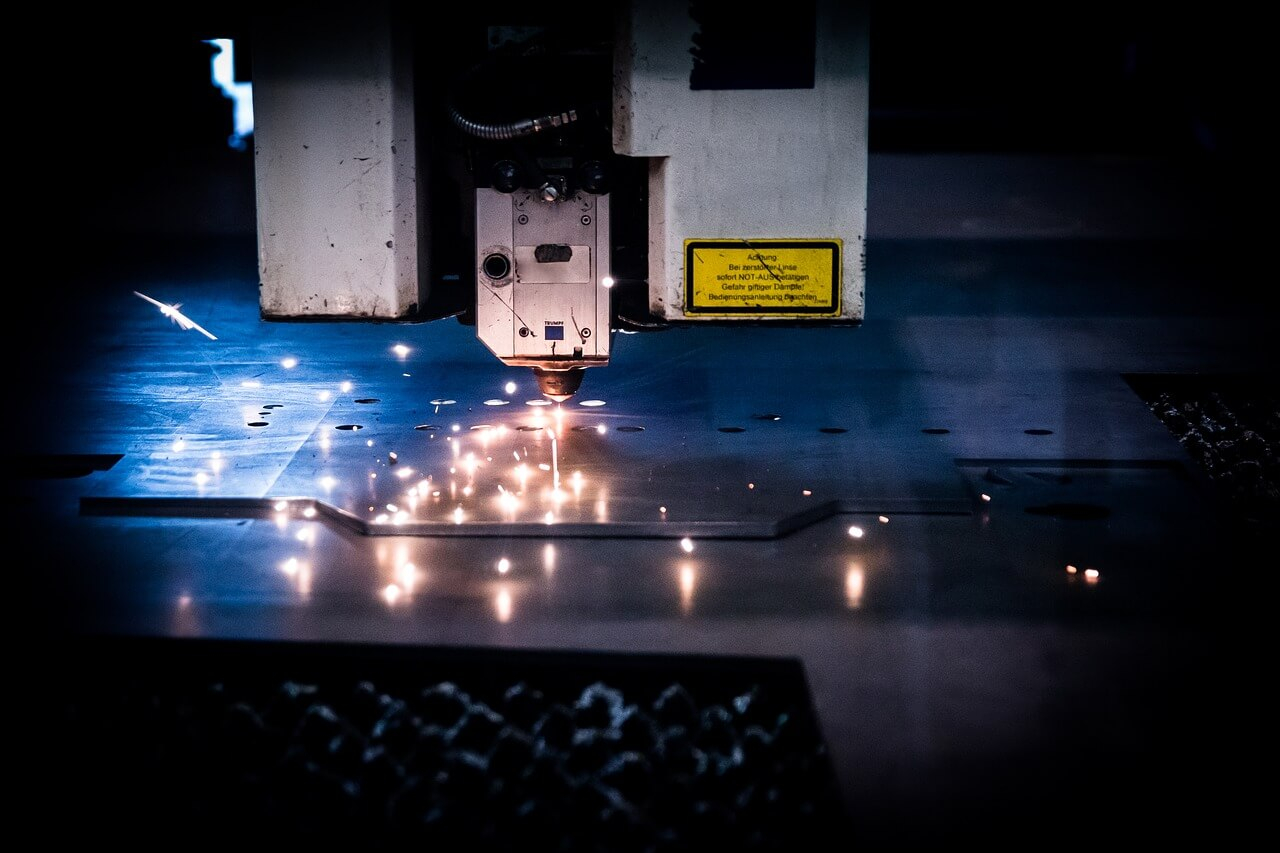Computer numerical control (CNC) machining is a general term used to refer to the subtractive manufacturing processes that incorporate computer software and machine tools to remove coatings from the standard material to produce customized parts.
Stock materials may include metals such as copper, aluminum, steel, brass, and titanium. Other examples of stock materials may consist of; fiberglass, plastics, foam, wood, composites, polypropylene, and wood.
Types of CNC Machining
Every business has unique needs such as contour, drill, grind, engrave, bore, cut, groove, mill, and lathe that can be completed by using CNC machining. CNC machining can provide mechanical operations in various areas such as;
- Drilling; drilling involves various tasks such as countersinking, tapping, counterboring, and reaming through the use of revolving multi-point bits. To know more, click here
- Milling; there are two types of milling, namely face milling, which involves shallow and flat surfaces, and peripheral milling that forms more resonant cavities for various broader shapes.
- Turning; turning of tube-shaped parts with inner and exterior features through single-point cutting tools.
CNC machines are usually categorized based on different methods such as parts, motion type, number of axes, and control loop.
Parts
There are five types of offshore CNC machines that are classified according to their functions. They include;
- CNC milling machines are used to create holes, shapes, notches, slots, grooves, and pockets.
- CNC lathes that are mainly used in the manufacturing of tube-like objects.
- CNC drilling machine is used to drill holes, perform reaming, tap holes, and counterboring. This machine is ideal for locating drilling positions and drilling faster and with acute precision.
- CNC plasma cutters usually carry plasma torches that are used for cutting metals and electrically favorable materials.
- CNC grinders are machines that use rotating wheels to scrape material either by crushing or grating it into preferred shapes.
Motion Type
There are two types of CNC machines that are classified according to their motion type; point-point and contouring systems.
- Pont-point systems; in this type of system, materials and tools are placed at particular points where they are retained until cutters finish the cutting process and withdraw. They include tapping, drilling, and boring machines.
- Contouring systems; here, the machining tools cut the materials following a part of a contour. This ensures continuity in work. Equipment such as mills, routing, and lathes machines all fall under contouring systems.
Number of Axes
Machines classified according to their number of axes include; 2-axis, 2.5-axis, 3-axis, 4-axis, and 5-axis CNC machines.
Control Loop
There are two types of control loop CNC machines, namely;
- Open-loop CNC machine refers to a system where the controller and the motor use a one-way communication method.
- A closed-loop CNC machine usually has a feedback system that is used in the monitoring of motors output. They are also capable of correcting positional errors, acceleration, and velocity.
CNC machining can be applied in various areas such; electronics, automotive, aerospace, construction, medical, dental milling, agriculture, transportation, production, firearms, military, manufacturing, publishing, and marine.
Having a CNC to replace engineer operated equipment can be very advantageous to any company. Below are some of the many advantages that CNC machining has over traditional machining.
- Speed, precision, and high production rates.
- Uniformity of end products made as per specifications.
- Storage of design programs for future use
- Lower cost as it saves time and money
- Reduced danger to human employees
- Able to work with no breaks in between
- Leads to reduced waste material.
Conclusion
Although CNC machines can be expensive and the fact that they require a large amount of floor space, the advantages, and benefits of these machines are a force to be reckoned with. By using an offshore CNC machine, you create room for production increase, reduced operational costs, and reduced concerns on equipment investments. If you are seeking to save money while increasing your production rate, why not think about outsourcing a CNC machine.
